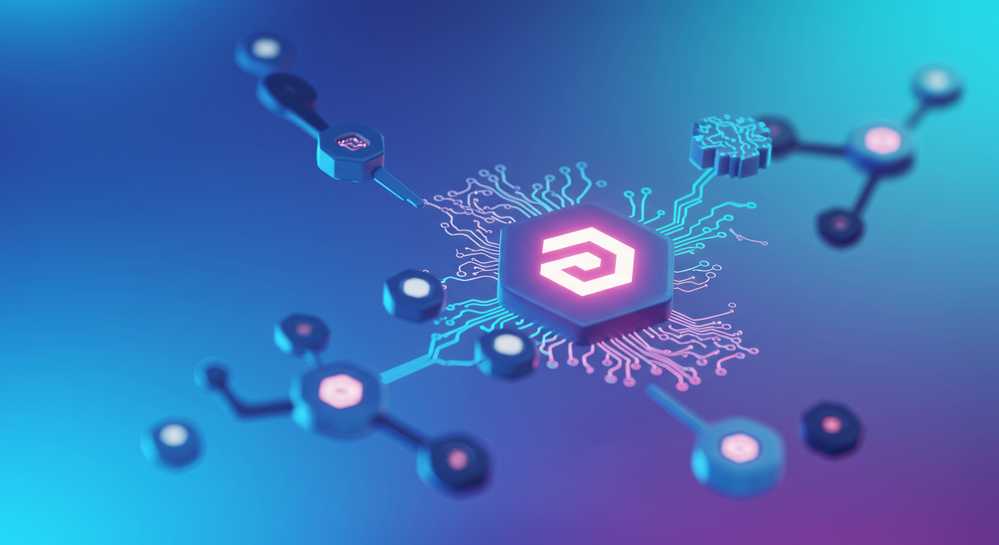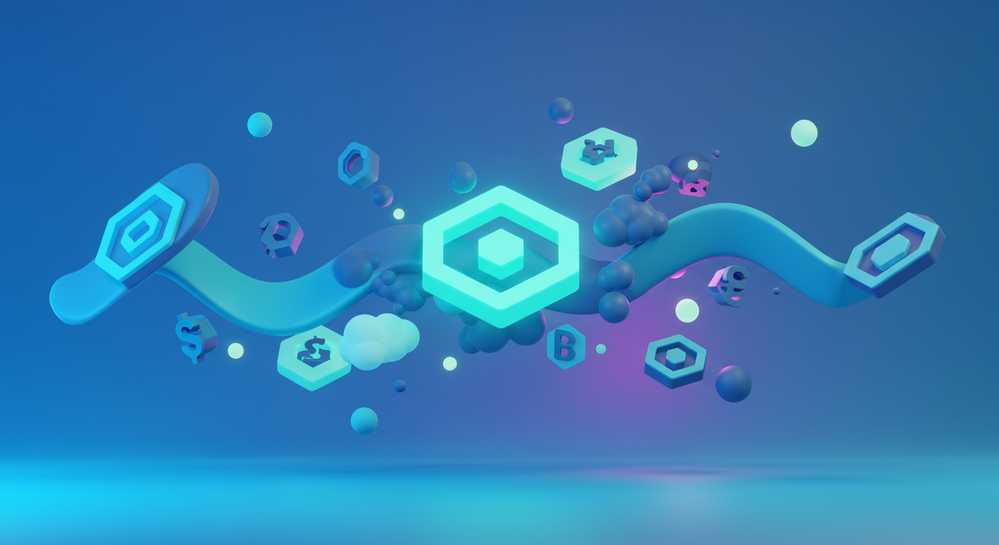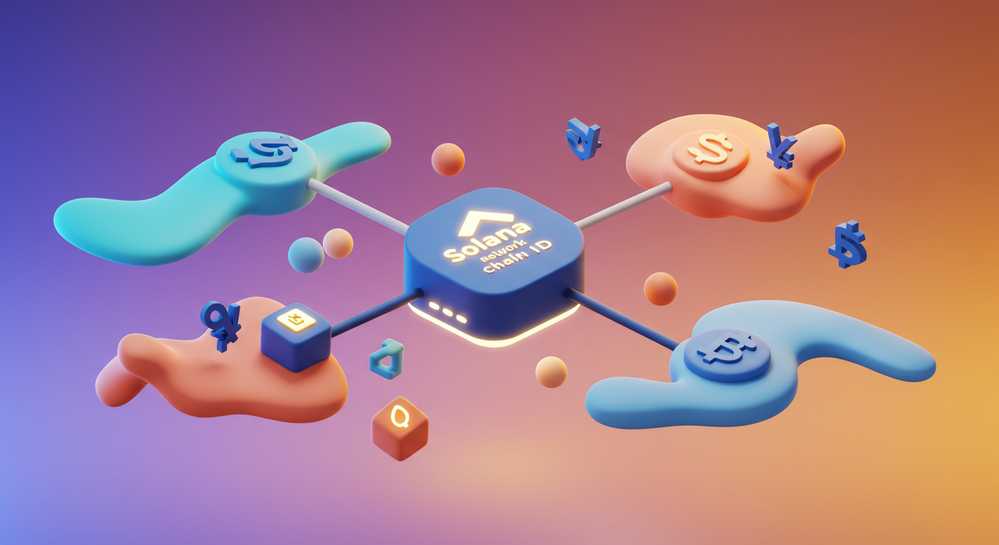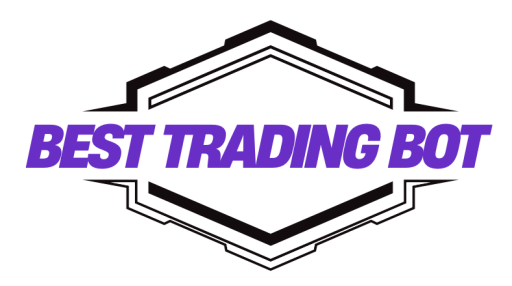The concept of a “chain ID” is fundamental in the blockchain world, acting as a unique identifier for a specific network. While familiar to users of EVM-compatible chains, understanding what is Solana network chain ID requires a slightly different perspective. Solana, with its distinct architecture, approaches network identification in a unique way, which is crucial for developers and users interacting with its high-performance blockchain. This guide will clarify how Solana identifies its networks and why this distinction matters.
Contents
What Exactly Is a Chain ID?

Understanding Solana Network Identification
Solana adopts a distinct approach to network identification, differing significantly from the numerical chain ID system found in EVM blockchains. This design choice aligns with Solana’s high-performance architecture, which prioritizes speed and efficiency. Unlike Ethereum’s EIP-155, Solana transactions do not embed a specific chain ID for replay protection. Instead, they incorporate a recent blockhash, a critical element that ensures transaction validity and prevents replay attacks across different network states.
The primary method for identifying and interacting with a specific Solana network is through its Remote Procedure Call (RPC) endpoint. Each independent network instance, known as a cluster, maintains its own unique RPC URL. This endpoint serves as the practical identifier, guiding wallets, dApps, and other infrastructure to the intended blockchain environment. For users, correctly selecting the RPC endpoint is crucial for seamless operations, whether they are engaging in trading or learning how to deposit SOL.
This system ensures that operations, from simple token transfers to complex smart contract interactions, are executed on the correct network. It provides the necessary separation and security without relying on a traditional numerical chain ID. This distinction is vital for developers building on Solana and for users navigating its ecosystem, ensuring clarity and preventing misdirected transactions.
Solana’s Network Clusters and Their Identifiers
Solana’s Clusters: Network Identifiers
Solana’s architecture, built for high throughput, employs distinct “clusters” instead of a traditional numerical chain ID. These clusters are essentially separate instances of the Solana blockchain, each with its own state and set of validators. This design ensures specialized environments for different use cases, addressing the question of what is Solana network identification in a unique way.
- Mainnet-Beta: This is the primary, production-ready Solana network where real value transactions occur. It is the most stable and widely used cluster for live applications.
- Devnet: A crucial development environment for testing decentralized applications and protocols. Developers frequently use Devnet for initial deployment and debugging, as it undergoes regular resets.
- Testnet: Another testing environment, often utilized by validator operators to test updates before deployment to Mainnet-Beta. Testnet offers a more stable testing ground compared to Devnet.
When interacting with Solana, users and applications specify the cluster via its RPC (Remote Procedure Call) endpoint URL. This endpoint serves as the de facto network identifier, directing requests to the correct cluster. Understanding these distinct environments is crucial for anyone navigating the Solana ecosystem, providing clarity on Solana terminology and network operations.
Why Solana Doesn’t Use a Traditional EVM-Style Chain ID

Solana’s Unique Network Identification Approach
Solana diverges from the traditional EVM-style chain ID due to its foundational architectural design. Ethereum’s chain ID, introduced with EIP-155, primarily addressed transaction replay vulnerabilities across various network forks. Solana, however, was engineered as a single, high-performance blockchain from its inception, rendering these specific replay attack vectors less relevant to its core design.
The network’s innovative consensus mechanism, combining Proof of History with Proof of Stake, inherently manages transaction integrity differently. Instead of embedding a numeric chain ID, Solana transactions are intrinsically linked to the specific cluster via their RPC endpoint. Each cluster maintains a distinct ledger and state, effectively isolating operations.
Furthermore, Solana leverages undefined to uniquely identify smart contracts deployed on its network. This combination of distinct cluster endpoints and unique Program IDs robustly manages the separation and identification of operational environments. It eliminates the necessity for a globally shared chain ID within transaction metadata, providing a streamlined and secure approach to what is Solana network chain ID functionality.
Practical Implications for Developers and Users

Ensuring Correct Solana Network Interaction
For developers building on Solana, precisely specifying the target network is paramount. When utilizing client libraries such as @solana/web3.js or the Solana CLI, developers must explicitly configure the RPC endpoint for the desired cluster. For instance, to interact with Mainnet-Beta, applications must point to its specific RPC URL. Misconfiguring this endpoint can lead to critical issues, including deploying decentralized applications to the wrong environment or sending transactions to an unintended network, potentially resulting in irreversible loss of funds or unexpected operational behavior in a production setting.
Users of Solana decentralized applications and wallets also engage with these network identifiers, albeit indirectly. Reputable wallets consistently display the connected Solana cluster, enabling users to verify they are operating on Mainnet-Beta when handling real assets. It is crucial for users to always double-check their wallet’s network setting and the dApp’s connection. This vigilance ensures interaction with the correct Solana cluster, thereby safeguarding assets and guaranteeing seamless operations within the dynamic Solana ecosystem, effectively answering what is Solana network chain ID in a practical sense.
Understanding Solana’s approach to network identification is crucial for anyone engaging with this innovative blockchain. While it may not employ a “chain ID” in the same vein as EVM networks, its system of distinct clusters and RPC endpoints effectively serves the purpose of ensuring secure and accurate interactions. For developers and users alike, recognizing these identifiers is key to navigating the Solana ecosystem with confidence. Discover more blockchain insights and tools at Best Trading Bot .
